May 16, 2025 | 04:26 GMT +7
May 16, 2025 | 04:26 GMT +7
Hotline: 0913.378.918
May 16, 2025 | 04:26 GMT +7
Hotline: 0913.378.918
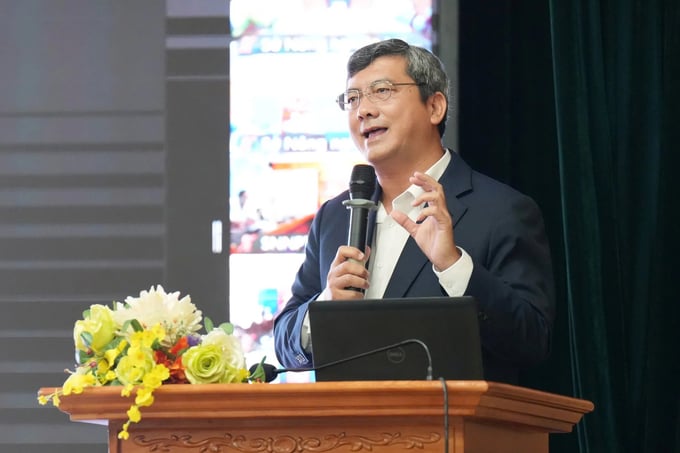
Dr. Tran Minh Hai discusses the emission reduction mechanisms in the 1 million hectares rice project. Photo: Nguyen Thuy.
According to Dr. Tran Minh Hai, Vice Principal of the School of Public Policy and Rural Development, many businesses currently participating in the project are not implementing it correctly. Some use improper equipment or even exaggerate the emission reduction capabilities of their organic or microbial fertilizer products. Dr. Hai emphasizes that these are misguided approaches. For carbon credits to be validated, a specific process must be applied, encompassing every step of the production chain.
Moreover, Dr. Hai cautioned that participating in the 1 million hectares project solely to sell carbon credits is a flawed perspective. He provided a concrete example: Producing 8 tons of rice results in 8 tons of carbon emissions. The Ministry of Agriculture and Rural Development is currently collaborating with the Transformational Carbon Asset Facility (TCAF) to price carbon credits at 20 USD per credit. If farmers fully comply with the required procedures, they could achieve a 30% reduction in emissions, equivalent to reducing 2 carbon credits, resulting in an economic benefit of 960,000 VND.
"The project's greatest economic benefits lie not only in selling carbon credits but also in reducing input costs through more efficient production processes. Additionally, developing a low-emission rice brand and reorganizing large-scale production can yield substantial added value," Dr. Hai stressed. "It is crucial to understand that we should not participate in the rice sector’s carbon market at all costs. Instead, we must implement sustainable and correct production processes, ensuring long-term benefits for farmers and the agricultural economy."
Discussing the mechanism for reducing emissions in the rice value chain, Dr. Tran Minh Hai emphasized: "The project of cultivating 1 million hectares of high-quality, low-emission rice in the Mekong Delta is not only aligned with green growth goals but also addresses the need to restructure the production system according to the value chain. By applying good agricultural practices, we can enhance the value of rice products."
As of July 2024, 7 pilot models have been deployed, each covering an average of 50 hectares in Kien Giang, Can Tho, Soc Trang, Tra Vinh, and Dong Thap.
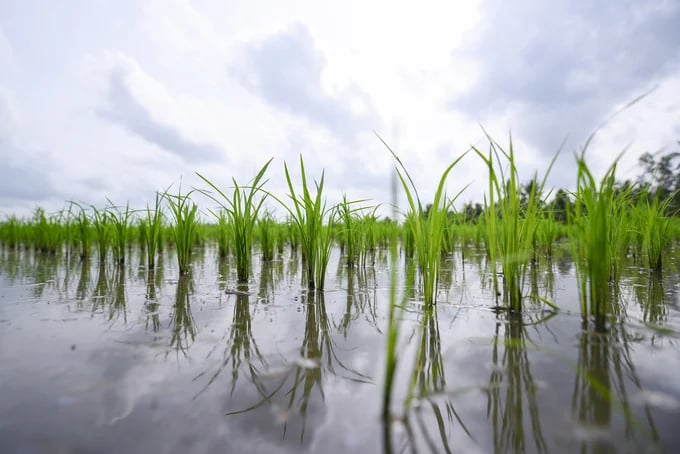
To verify carbon credits, rice producers must ensure emissions reductions throughout the entire production chain. Photo: Tung Dinh.
According to Dr. Hai, the Department of Crop Production is developing a plan to establish and complete the measurement, reporting, and verification (MRV) system in collaboration with the Institute of Agricultural Environment. By July 4, 2024, the Department had submitted the MRV Implementation Plan for the pilot models under the project to the Ministry of Agriculture and Rural Development for approval.
The MRV system consists of three main components: reducing nitrogen fertilizer and pesticide inputs, applying alternate wetting and drying (AWD) irrigation methods, and managing and treating rice straw post-harvest.
Currently, the Institute of Agricultural Environment is working with international organizations such as the World Bank (WB), Gold Standard (GS), and the International Rice Research Institute (IRRI) to develop the MRV scale.
GS is an international standard for greenhouse gas emission reduction projects developed by the WWF and the South Pole Group. The Verified Carbon Standard (VCS), another widely recognized international standard, is developed by Verra and used for projects to reduce greenhouse gas emissions.
Dr. Hai noted: “For carbon credits in rice cultivation, Vietnam needs a clear and appropriate legal framework. No country in the world has commercialized carbon credits for rice production; only pilot projects exist.”
One of the major challenges is the lack of an agreed-upon method for determining the value of a carbon credit. Additionally, Vietnam needs clear standards for the equipment and technology needed to test and measure emission reductions in rice cultivation.
Although new, affordable, and convenient devices are available, the registration process remains complicated, hindering the commercialization of carbon credits and limiting farmers' access to the market. "This is a barrier we need to overcome soon to accelerate the process of reducing emissions in agricultural production," Dr. Hai affirmed.
It is, therefore, crucial to establish regulations on the profit-sharing mechanism when carbon credits from rice are commercialized. The legal framework should also offer preferential rates for those involved in emission reduction efforts in rice production to encourage and ensure the communities' and businesses' sustainable participation in this process.
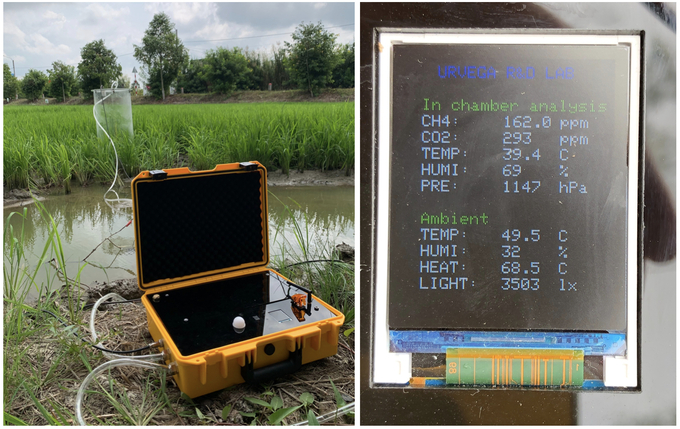
The process for cultivating high-quality, low-emission rice has been detailed in a manual issued by the Department of Crop Production (Ministry of Agriculture and Rural Development). Photo: Dr. Tran Minh Hai.
The value of carbon credit in rice cultivation is not just a number; it also reflects the multiple benefits of adopting a low-emission production process, including sustainability, public health, environmental protection, developing sustainable by-products, and enhancing the national brand.
To achieve these goals, Mr. Hai stressed the importance of improving the professional qualifications and skills of the workforce. He stated: “If we fail to collect emission reduction credits, we will 'lose' rather than 'gain.' We need human resources capable of implementing and managing new production processes and understanding and effectively applying technical measures to optimize carbon absorption and emission reduction in agriculture.”
To this end, the human resource training plan is divided into two main tracks. Training for state management staff will focus on knowledge related to emission reduction production, carbon credit markets, and relevant regulations in state management. Additionally, field staff will be equipped with the necessary skills to maintain production logs and establish and manage emission reduction production records, ensuring that these processes are carried out transparently and effectively.
Translated by Quynh Chi
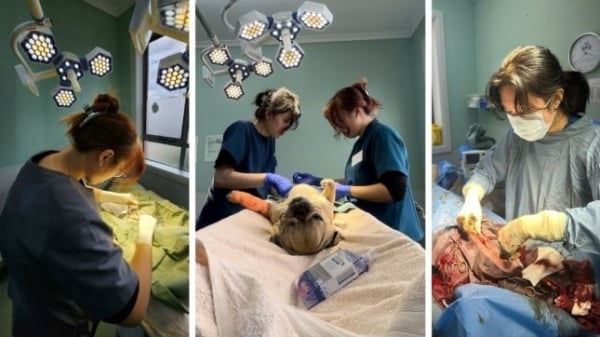
(VAN) Veterinary training should focus on quality, not just quantity. Veterinarians also need more options to pursue specialized training.
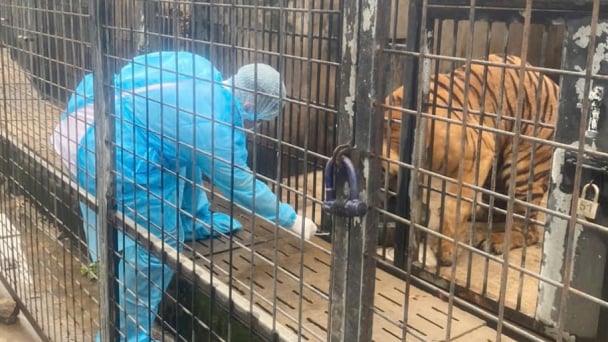
(VAN) The veterinary industry needs to be viewed objectively and further invested in to properly demonstrate its role and importance in the new context.

(VAN) The number of veterinarians graduating each year is not enough to meet actual needs, hence a difficult problem for the growing livestock industry.
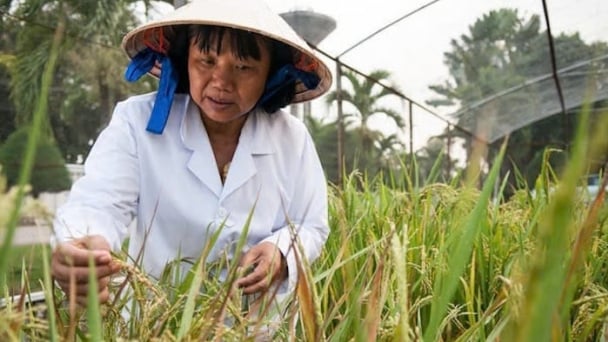
(VAN) The strategic partnership between Cambodia, the Philippines, Vietnam, and CGIAR ensures that innovative solutions effectively address national priorities for food system development.
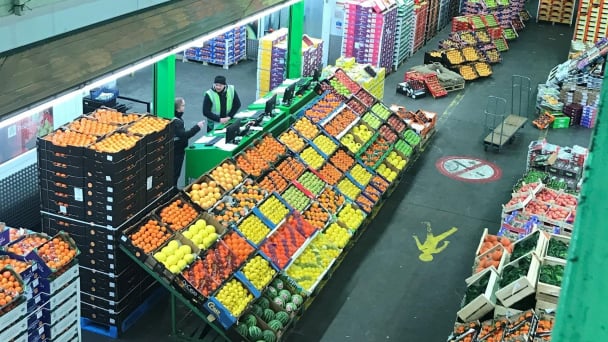
(VAN) This was affirmed by the UK Minister of State at the Department for Environment, Food and Rural Affairs during a working session with Deputy Minister Tran Thanh Nam on May 13.
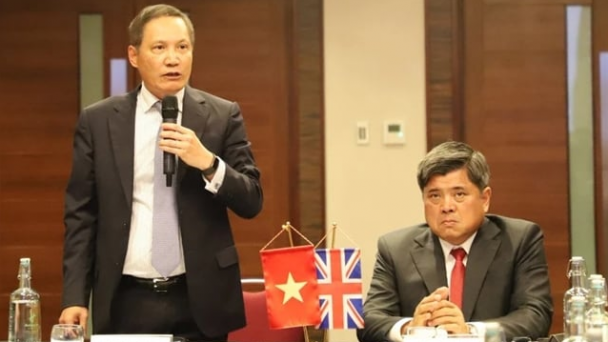
(VAN) On May 13, the Ministry of Agriculture and Environment, in coordination with the Embassy of Vietnam in the United Kingdom, organized a seminar titled 'Connecting trade in Vietnam-UK agricultural, forestry, and fishery products'.
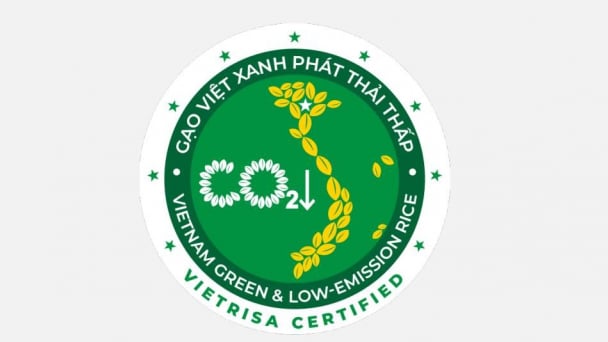
(VAN) The launch of the Vietnam green and low-emission rice brand is a positive signal for both businesses and farmers, marking readiness to reach new heights in the global market.